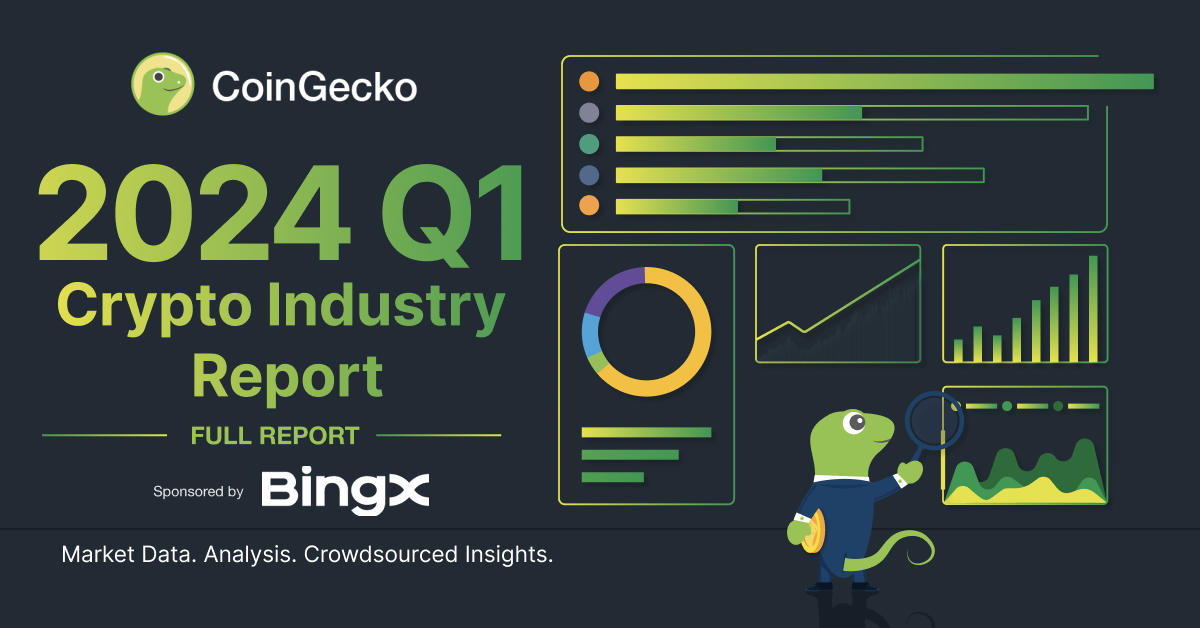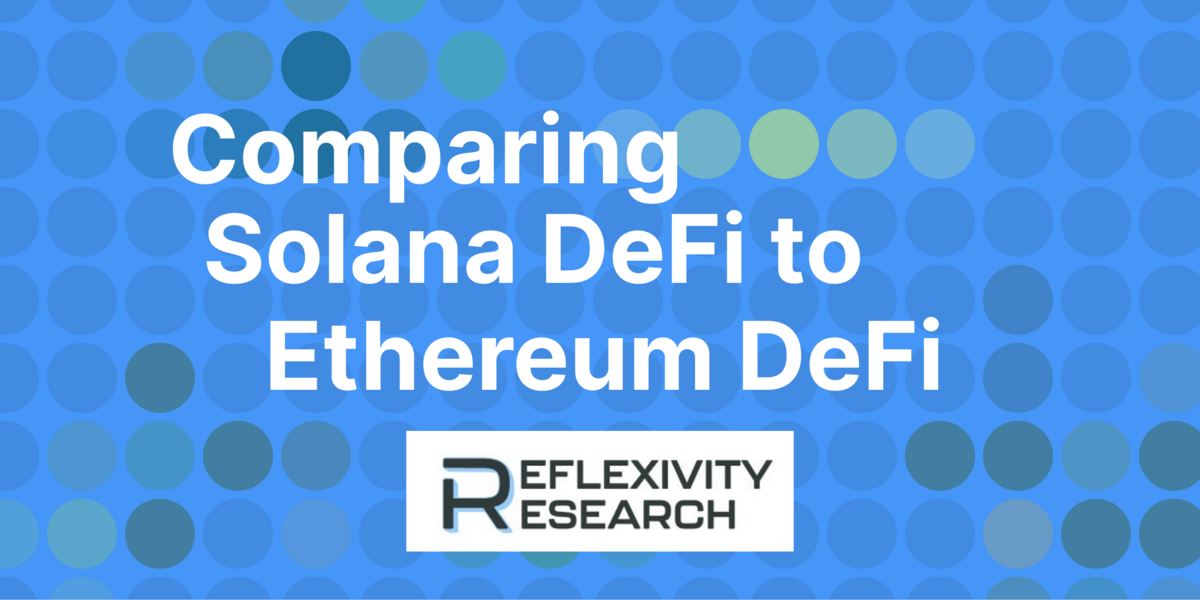
What is Price Manipulation?
In lending markets, borrowers provide collateral to protect from losses in the event of nonpayment. To ensure lenders can mitigate a potential loss if the borrower defaults, the minimum value recoverable from selling the collateral must somehow be determined. For example, a home or car used to secure a loan is often appraised, and loans in traditional finance may rely on a trusted third party for collateral monitoring.
In decentralized finance markets, where participants' identities are mostly unknown, collateral is often used to secure loans on lending protocols. However, due to the trustless nature of DeFi and volatile nature of crypto prices, loans in DeFi tend to be overcollateralized - in other words, users would have to put up much more collateral compared to the amount of funds they wish to borrow. In the event of a sudden significant downturn in the markets, the additional collateral is meant to act as a buffer to protect lenders through premature liquidation even before a default actually occurs, thus sparing the protocol from incurring ‘bad debt’.
To track the value of collateral and determine whether a loan should be liquidated, lending protocols rely on price feeds, or oracles, that aggregate data from various trading venues. However, for some tokens, the number of venues available and the depth of the markets involved may be limited. This is especially an issue with native governance tokens, which may be enabled during the early stages of protocol development to bootstrap growth, before sufficiently deep markets have been established. If risk parameters are not continuously adjusted accordingly as the protocol matures, these governance tokens can be a weak link that makes the protocol as a whole increasingly vulnerable.
These scenarios, coupled with a lack of mechanisms to silo or deleverage risk, make it possible for a single adversarial user to temporarily bid up the price of tokens they own, and open a large loan using the position as collateral. This loan, however, would have little collateral protection when prices return to a level more in line with fundamentals. Effectively, the protocol could be manipulated to provide a loan far in excess of the recoverable value of the user’s collateral in a type of price manipulation attack.
Mango Events
 Source: Gauntlet
Source: Gauntlet
On October 11, popular lending and trading protocol on Solana, Mango Markets lost over $110M in an apparent attack of this type. As later reported, an attacker first used two accounts to take large positions in perpetual futures tied to the protocol’s native governance token, MNGO, on Mango Markets itself. With 5M USDC funding in each account, the attacker could sell about 483M units of MNGO-PERP to themselves at $0.0382 each. A few minutes later, the same entity began aggressively buying MNGO on spot markets across various CEXs and DEXs, such as FTX and Raydium, causing the price to rise briefly to about $0.90.

Since the valuation of existing MNGO positions on the protocol was determined by oracles aggregating price feeds from these venues, the attacker now had large market gains in the account that was long MNGO-PERP, as calculated at the manipulated price. Using a specific feature in Mango, this allowed them to borrow effectively all of Mango’s available liquidity using the unrealized profit as collateral, an amount far greater than the funds they had used to carry out the attack up to that point. As MNGO prices normalized from the spike, it became apparent that the loan was insolvent and practically unrecoverable.
Even though a bounty was offered, the attacker had other plans. Posting his demands on Mango’s governance forum, the hacker proposed a settlement of $70 million to be paid using Mango’s community treasury, even using the stolen MNGO tokens to pass the proposal. However, the proposal failed to meet the necessary quorum. Though some of the funds were later returned, Mango remains inoperational as of the time of writing.
Total Damage & Aftermath
Ranked as the 13th largest exploit by Rekt.news as of the time of writing, the attack on Mango was nothing short of catastrophic. Although the hacker initially made off with over $115 million worth of assets, $67 million have since been returned following a deal made by the community, resulting in a net loss of approximately $48 million for the protocol, which they considered as a ‘bug bounty’, a 31% ‘discount’ from the original $70 million demanded by the hacker. The returned assets consisted of various Solana-based tokens such as SRM, SOL, and RAY, several large-cap assets (BTC, ETH, BNB) as well as $10 million worth of USDC.
While this sort of attack was clearly targeting the vulnerabilities of a single protocol, there’s no doubt that the consequences would ripple across the network’s ecosystem. Following the exploit, Solana lost 25.8% of its TVL, dropping back below the $1 billion mark to $934 million. Subsequently, other decentralized lending protocols on various networks were quick to take preventive measures against similar attacks - Compound chose to pause the lending pools of 4 different tokens, while Aave governance elected to tighten the risk parameters for their lending markets on v2 and v3.
While Mango Markets wasn’t exactly one of the larger protocols in the Solana ecosystem, the threat of a copycat attacks on other protocols with similar mechanisms in the multichain universe is hard to ignore. Yet, from a sectoral view, other lending and decentralized perpetuals platforms were largely unaffected in terms of price action, with minimal outflows of funds from these respective protocols. GMX, a decentralized perpetuals protocol based on Arbitrum and Avalanche, was one of the few exceptions, dropping by 9.8% to $38.35 in the aftermath of the attack. Coincidentally, GMX had just suffered an exploit of its own earlier in September.
 GMX Price (9 - 12 Oct 2022); Source: CoinGecko
GMX Price (9 - 12 Oct 2022); Source: CoinGecko
While hacks are starting to become more of an everyday occurrence, it would seem that most other users are not as bothered when it comes to decentralized perpetuals, and it makes sense. Unlike protocols such as DEXs and bridges, which are used by the vast majority of traders and retail users (and can be devastating to these individuals if exploited), the concept of perpetuals trading on a decentralized network is still a niche one. However, as the fear of CEXs continue to mount, where most traders normally dabble with perpetuals, the gradual shift to decentralized perpetuals will make them more tantalizing targets for attackers, with much bigger payouts. As a result, we may see a more adverse reaction to exploits from market participants once they make the shift to these protocols.
Lessons Learned
In light of the events and concerns of DAO communities, many lending protocols took steps to review price manipulation risk and consider precautions. Extreme price slippage in illiquid assets and outsized insolvent accounts have always been known to pose potential systemic risks for DeFi protocols, and the case of Mango served to further highlight the existential nature of such attacks. Even though some protocols' deeper collateral asset liquidity would make price manipulation far more costly, moves to further reduce risk are possible.
For protocols that use supply or borrow caps or margin to limit the size of individual positions, setting these prudently can be a strong line of defense. Since moving the price of any asset has some cost, potential attackers would be less likely to act if the amount they could extract from a protocol is limited. Well-placed limits also block the catastrophic outcome of a single account draining the entire lending pool, which can help reduce the risks to protocol survival in extreme scenarios. As supply caps are new parameters in Aave v3 and Compound v3, users who migrate their positions from the v2 protocols can benefit from this risk mitigation.
Additionally, these caps should not be limited to each individual asset but rather, there should be a cap to the total aggregated collateral a single user can supply to the protocol. This is similar to having a single exposure limit towards a single user in order to limit the risk stemming from any one particular actor. This limit could have prevented a significant earlier event on Solend, where a major participant faced liquidation. While this may not deter determined attackers who can create multiple addresses, the additional steps and time required to manage separate accounts could provide valuable time for the protocol to safely combat and slow any attempts to inflict severe losses.
Besides that, platforms could also consider implementing more stringent parameters in detecting anomalous price movements, particularly for low liquidity assets. While the primary function of oracles are merely to report the specified data at a given time, the onus lies on the platform to monitor for suspicious price movements and prepare the appropriate contingency plans to be triggered in the event of an anomaly. Introducing more redundancies via additional exogenous oracles could also bolster the platform’s defense against price manipulation attacks, though hackers with a much larger warchest could potentially manipulate multiple price feeds on a larger scale.
Active risk management is another key defense from both price manipulation and economic risks more generally. Because any single asset can put an entire protocol at risk, it is important to be aware of the liquidity profile and technical details of the specific market before enabling new collateral. As protocols grow and market structure evolves, new windows for economic attacks may appear, so risk management cannot rely entirely on passive tools.
This is especially relevant for native governance tokens used as collateral early in a protocol’s development. If risk parameters for these tokens do not keep up with new mechanics or user growth, they may expose the protocol to unexpected attacks. Given their special role in protocol economics and governance, native tokens warrant particularly close attention if they are being used as collateral, and even more so if they are available on other lending platforms as well. Even as the protocol’s native token establishes itself in terms of liquidity, it may be more ideal to pivot the token towards its original intended utility, simultaneously removing endogenous risk from the platform’s mechanism.
Finally, a well-diversified reserve fund can help protocols mitigate losses from a limited attack and ensure users are protected from the worst outcomes. While a determined attacker might try to manipulate a protocol in any case, strong defenses can reduce the maximum value at risk to a manageable level. As the Mango events emphasized, price manipulation can be a serious threat, but one which protocols can contain with safer design limits and active management of riskier exposures.
This article was written in collaboration with Gauntlet. Gauntlet is the simulation platform for on-chain risk management for DeFi. You can follow them on Twitter here and check out more of their research here. You can also contact the Gauntlet team through info@gauntlet.network.

Win Win is an avid gamer, interested in navigating the vast world of NFTs and the cryptoverse. Follow the author on Twitter @0x5uff3r









 Or check it out in the app stores
Or check it out in the app stores